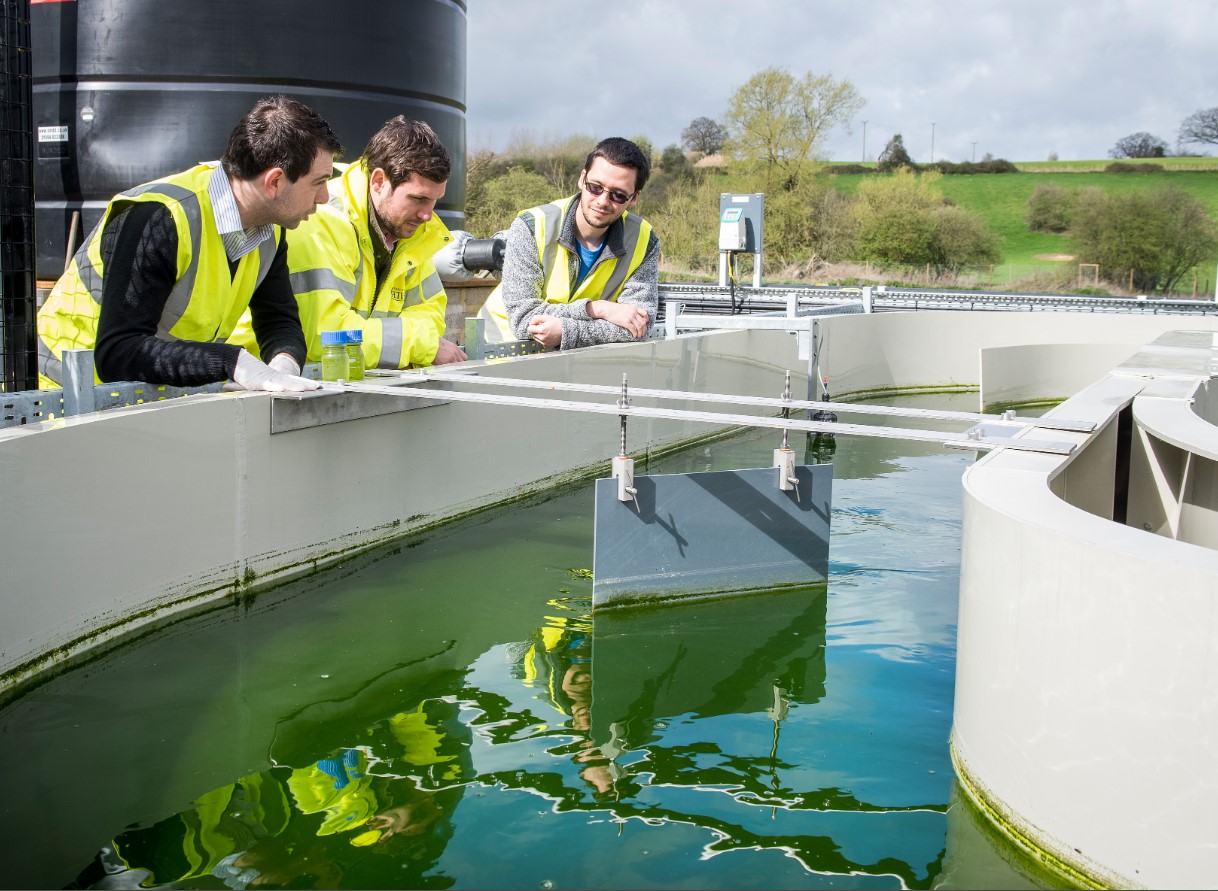Sewage to Drinking Water Approved in California
The idea of turning sewage into drinking water may sound unappealing and even repulsive to some.
But the truth is, that wastewater recycling is not a new concept in California.
Sewage recycling has been practiced for decades, including ice rinks, ski resort snow, and Central Valley farm crop watering.
Orange County uses recycled wastewater to refill underground aquifers, mixing with groundwater for drinking water.

However, drinking water made from recycled wastewater has never been utilized directly up until now.
The State Water Resources Control Board passed regulations on December 19, 2017, allowing water agencies to cleanse wastewater and immediately reintroduce it into the drinking water system.
This implies that recycled water might be used directly for faucets, offering a long-term fix to the state's water shortage.
The Need for Sewage Recycling in California
The approval of sewage to drinking water conversion in California follows over a decade of scientific reviews, prompted by severe droughts.
According to Jennifer West, managing director of WateReuse California, an organization that advocates for recycled water, "Water is so precious in California. We must use it more than once."

The state's population is expected to reach 50 million by 2050, putting even more strain on its already limited water resources.
In addition, climate change is causing more frequent and severe droughts, making it crucial for California to find sustainable solutions for its water needs.
How To Turn Sewage Into Drinking Water?
The process of turning sewage into drinking water involves several steps, including filtration, disinfection, and advanced treatment technologies.
The treated water then goes through a rigorous monitoring and testing process to ensure it meets all safety standards before being distributed for consumption.

The regulations approved by the State Water Resources Control Board require water agencies to meet strict criteria for the treatment and monitoring of recycled water.
This includes removing contaminants such as bacteria, viruses, and chemicals to levels that are safe for human consumption.
The regulations also set limits for certain substances, such as pharmaceuticals and personal care products, to ensure the safety of the recycled water.
Benefits of Sewage Recycling
The approval of sewage to drinking water conversion in California has many potential benefits.
Firstly, it provides a reliable and sustainable source of water, reducing the state's dependence on imported water from other regions.
This not only helps conserve natural resources but also reduces the carbon footprint associated with transporting water over long.

Secondly, recycled water can help alleviate the pressure on underground reserves, which have been heavily depleted due to excessive pumping.
By using recycled water for drinking purposes, California can preserve its groundwater reserves for essential uses such as agriculture and emergencies.
Additionally, the use of recycled water can also reduce the amount of wastewater discharged into the ocean, which can harm marine life and ecosystems.






